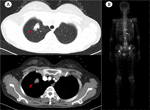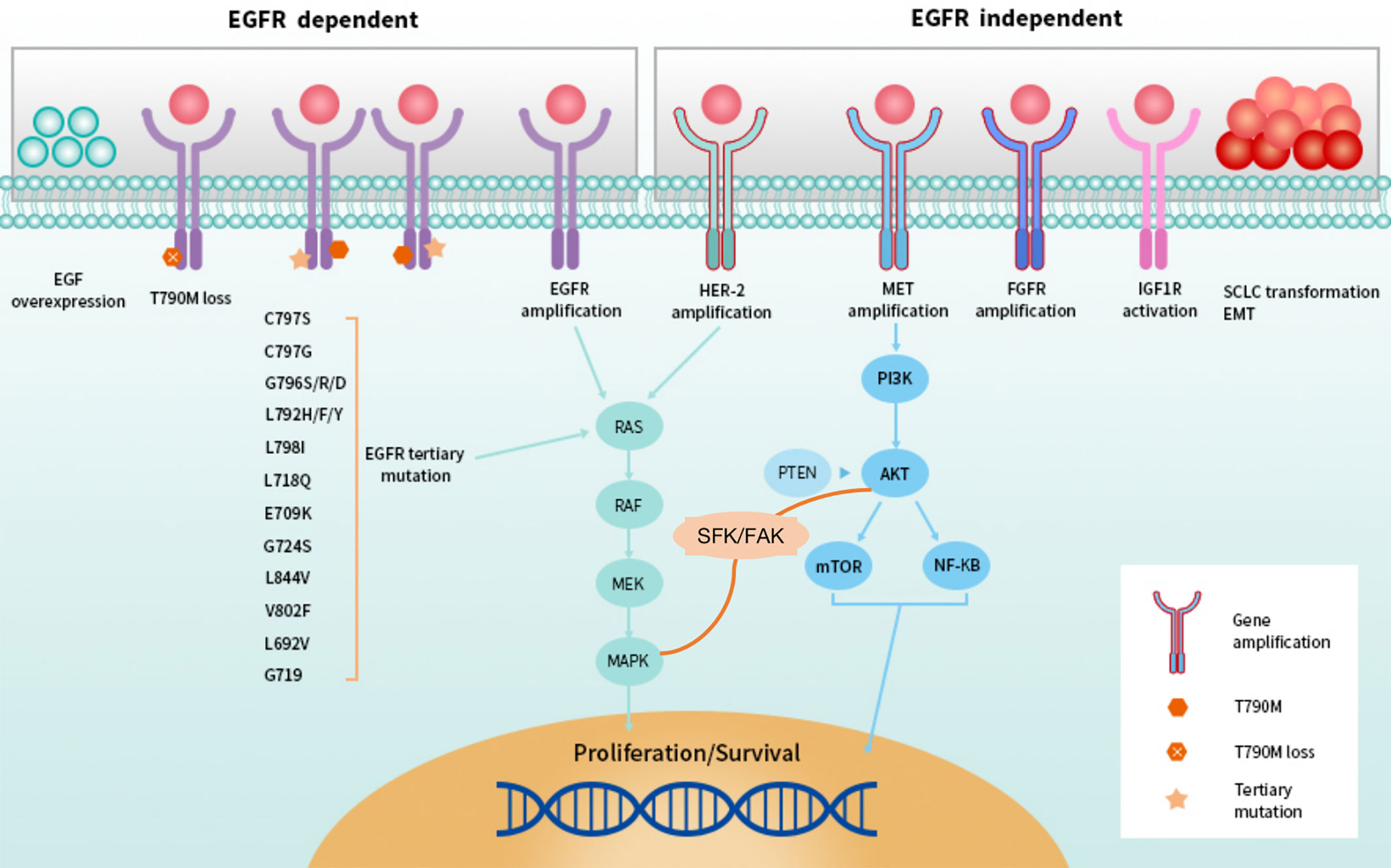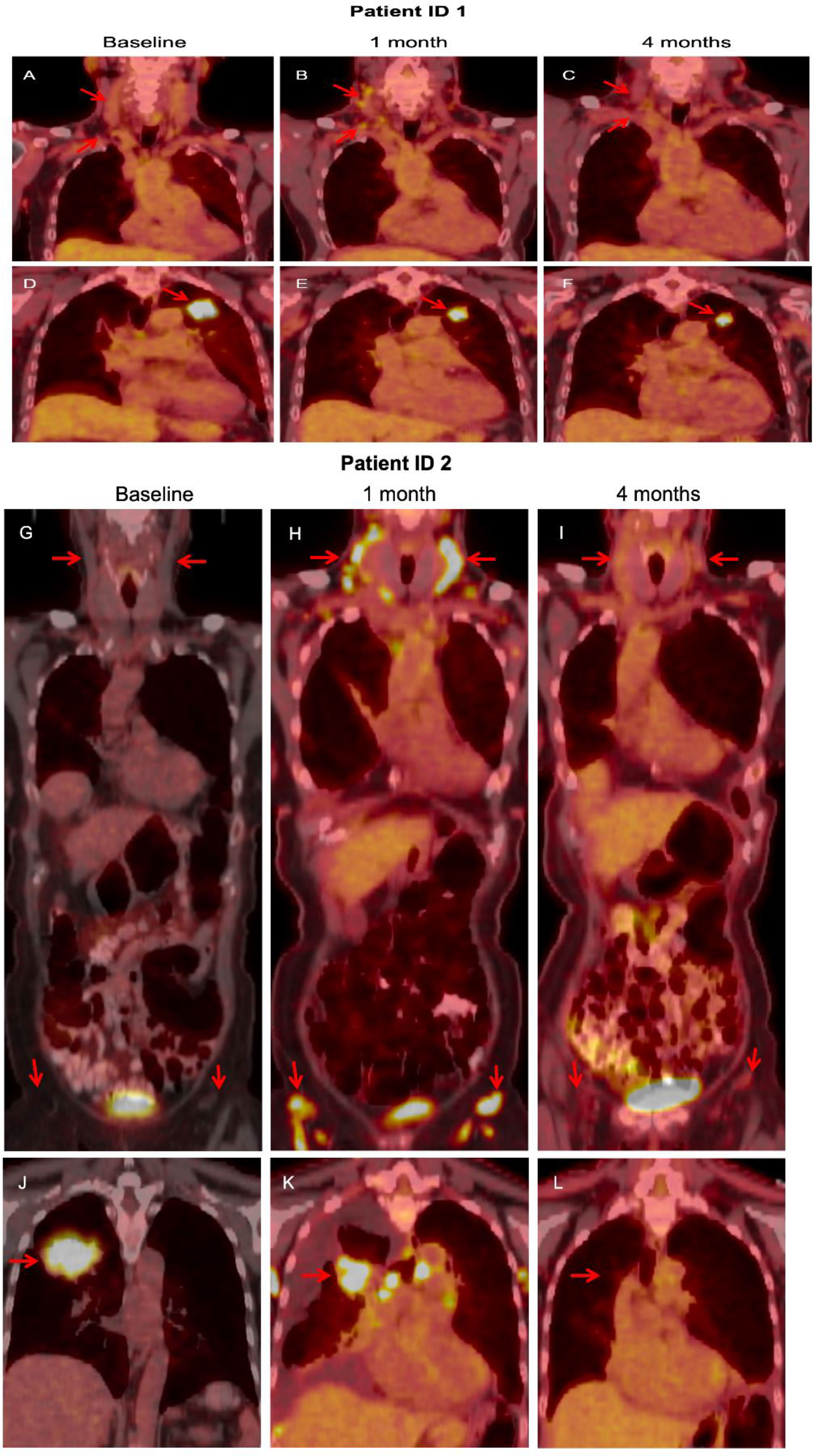Introduction
In the world of investing, it’s crucial to stay informed about breakthroughs and advancements in various industries. One such area that has seen significant progress is the field of cancer treatment, particularly stage 4 lung cancer.
In this article, we will explore osimertinib, a revolutionary targeted therapy that is changing the landscape of stage 4 lung cancer treatment.
The Diagnosis: Stage 4 Lung Cancer
Stage 4 lung cancer is an advanced form of the disease that has spread to other parts of the body, making it challenging to treat. At this stage, cancer cells have metastasized, posing a grave threat to overall health. Treatment options are limited and often come with a poor prognosis.
Patients face physical, emotional, and financial challenges as they undergo intensive treatments and frequent hospital visits. Coping with the emotional impact of the diagnosis can be overwhelming for both patients and loved ones. However, advancements in medical research provide new hope for better outcomes and improved quality of life.
Addressing these challenges while exploring treatment options is crucial for patients facing stage 4 lung cancer.
Osimertinib: A New Hope in Stage 4 Lung Cancer Treatment
Osimertinib is revolutionizing the treatment of stage 4 lung cancer. As a targeted therapy, it specifically targets the genetic mutations responsible for tumor growth. Unlike traditional chemotherapy, osimertinib acts directly on cancer cells while sparing healthy cells, resulting in fewer side effects.
By blocking the activity of a protein called EGFR, which is often mutated in non-small cell lung cancer (NSCLC), osimertinib inhibits cancer cell growth and leads to tumor shrinkage.
Clinical trials have shown remarkable success rates for osimertinib in patients with specific EGFR mutations, significantly improving survival rates compared to traditional chemotherapy. Osimertinib has become a standard of care for these patients, offering new hope and improved outcomes in stage 4 lung cancer treatment.
The Journey of Osimertinib: From Discovery to FDA Approval
Osimertinib, a targeted therapy for stage 4 lung cancer patients with specific EGFR mutations, has revolutionized treatment options. Its development began with identifying genetic mutations that made tumors resistant to existing therapies. Extensive clinical trials and data analysis ensured its safety and effectiveness, leading to FDA approval.
Osimertinib’s efficacy was further established through compelling trial results and subsequent studies. This endorsement paved the way for widespread use and highlighted the power of research in bringing life-saving treatments to those in need.
Personal Stories: Real-Life Experiences with Osimertinib
Osimertinib, a targeted therapy for advanced non-small cell lung cancer (NSCLC), has had a profound impact on patients’ lives. Real-life stories reveal how osimertinib treatment brings hope, improved quality of life, and extended survival rates.
Patients treated with osimertinib report resuming daily activities, spending more time with loved ones, and regaining a sense of normalcy. This targeted therapy goes beyond physical benefits, providing emotional support to patients and their families.
Remarkably, osimertinib has exceeded initial survival expectations for many patients. This not only gives them more precious time but also ignites hope in the face of advanced NSCLC.
The positive effects of osimertinib extend to caregivers as well, bringing immeasurable relief and happiness to those supporting their loved ones. Osimertinib is not just a treatment; it strengthens relationships and inspires resilience.
These personal stories demonstrate the transformative power of osimertinib in the lives of individuals facing advanced NSCLC. It offers hope, improved quality of life, and extended survival rates that go beyond expectations.
Market Potential for Osimertinib-Based Therapies
As the prevalence of lung cancer continues to rise globally, there is a growing demand for advanced treatment options that provide improved outcomes and fewer side effects. This has created a substantial market potential for targeted therapies like osimertinib, which have shown effectiveness in specific patient populations.
Statistics reveal that lung cancer remains one of the most prevalent cancers worldwide, with millions of new cases diagnosed each year. Projections indicate a continued increase in the number of patients requiring treatment, underscoring the urgent need for innovative therapies such as osimertinib.
The market size estimation for osimertinib-based therapies is expected to experience significant growth as more lung cancer patients are identified with specific EGFR mutations.
Pharmaceutical companies involved in the development and distribution of these therapies now have a unique opportunity to tap into a lucrative market while simultaneously making a positive impact on patient outcomes.
To fully understand the potential market size, it is crucial to consider various factors such as patient demographics, geographical distribution, and accessibility to healthcare resources. By analyzing these factors, pharmaceutical companies can strategically position themselves to meet the increasing demand for osimertinib-based therapies.
Moreover, advancements in diagnostic techniques have enabled better identification of patients with specific EGFR mutations that make them suitable candidates for osimertinib treatment. This targeted approach not only improves treatment efficacy but also reduces unnecessary treatments and associated costs.
Ongoing Research & Development Efforts
Ongoing research and development efforts in osimertinib are focused on enhancing its effectiveness and overcoming resistance mechanisms. Combination therapies with other targeted drugs or immunotherapies have shown promising results in preclinical studies and early-phase trials, targeting multiple pathways to increase treatment effectiveness.
Clinical trials are exploring new dosing regimens, predictive biomarkers, and long-term safety profiles to optimize osimertinib’s potential. Understanding the drug’s mechanisms of action and interactions with genetic mutations is also a key focus.
These ongoing efforts aim to improve stage 4 lung cancer therapy and offer hope for future advancements.
Investing in the Future with Osimertinib
Osimertinib has brought about a revolutionary change in the treatment landscape for stage 4 lung cancer patients with specific EGFR mutations. Its targeted approach, improved outcomes, and reduced side effects have made it the preferred option for both patients and healthcare providers.
The undeniable efficacy of osimertinib is evident from the success stories and clinical data.
For investors interested in oncology and innovative treatments, osimertinib represents an exciting opportunity. The market potential for therapies based on osimertinib is substantial, making pharmaceutical companies involved in their development attractive investment prospects.
Not only can investing in these companies yield financial benefits, but it also supports the advancement of life-saving treatments like osimertinib.
The emergence of osimertinib as a breakthrough targeted therapy for stage 4 lung cancer has transformed the treatment landscape for patients and their loved ones. With ongoing research and development efforts, the future of osimertinib looks promising.
This presents an ideal time for investors to consider opportunities within this field that can lead to financial growth while contributing to the fight against cancer.
Investing in pharmaceutical companies involved with osimertinib development is not only financially rewarding but also aligns with a greater purpose of making significant advancements in cancer treatment.
By supporting these companies through investments, individuals can play a critical role in driving innovation forward and providing hope to countless patients battling stage 4 lung cancer.
In summary, osimertinib’s remarkable success in treating stage 4 lung cancer has opened up new possibilities for patients and medical professionals alike.
As we look towards the future, investing in pharmaceutical companies involved with osimertinib development becomes an enticing prospect that combines financial gains with a profound impact on improving patient outcomes and ultimately saving lives.
[lyte id=’_RaSc5jgbBg’]



